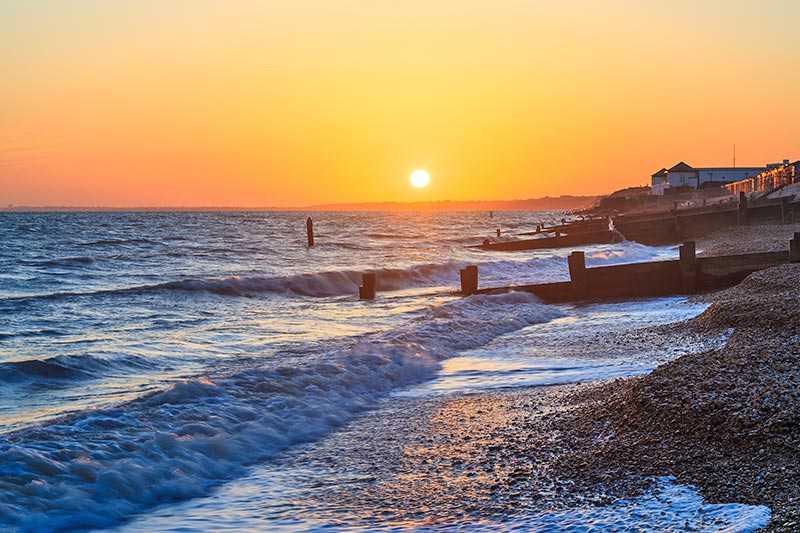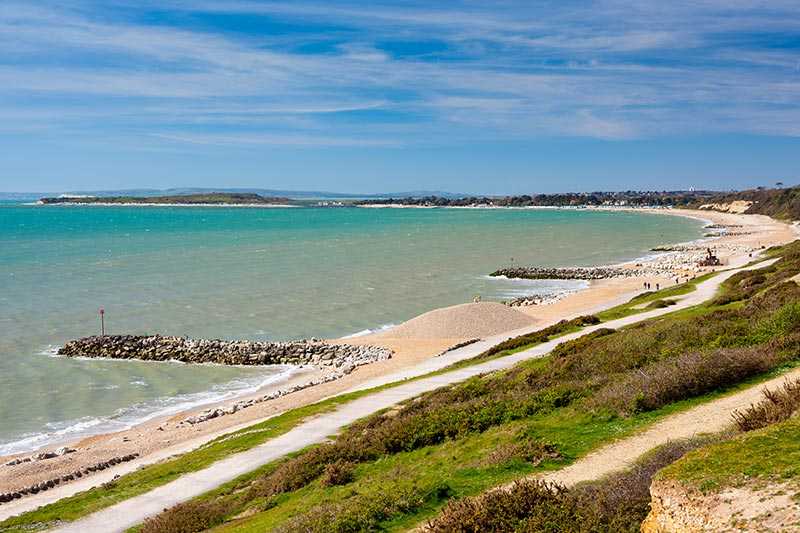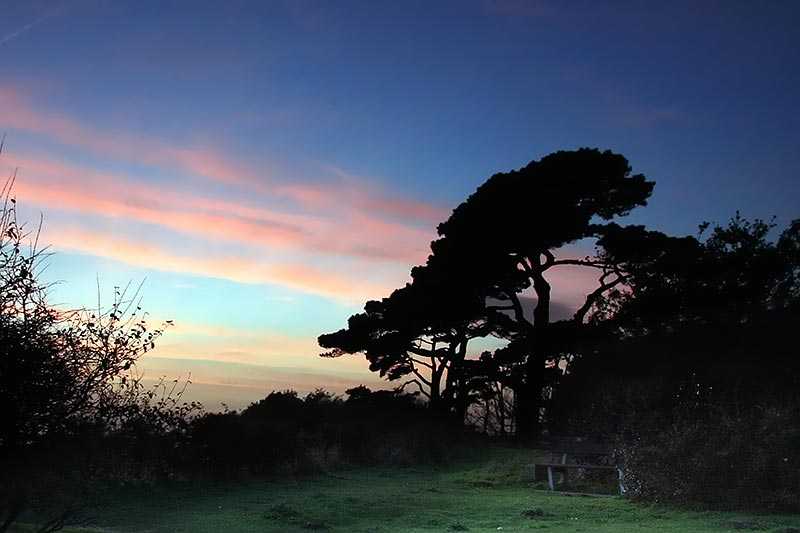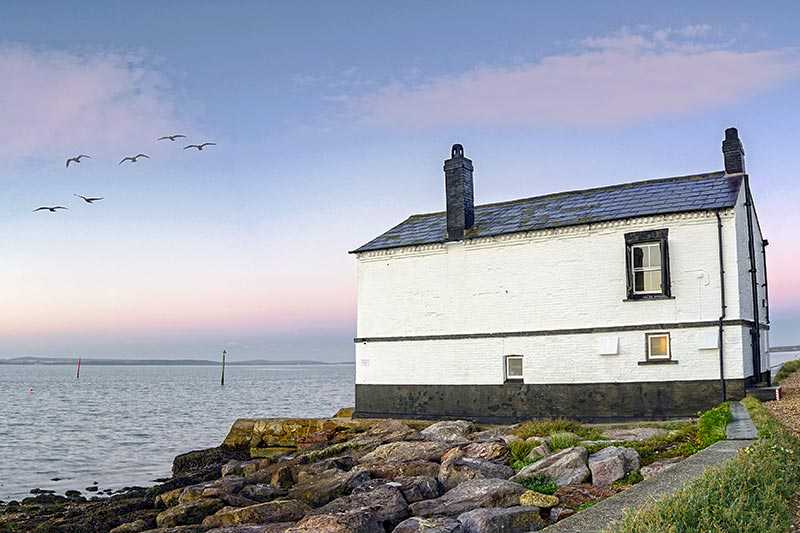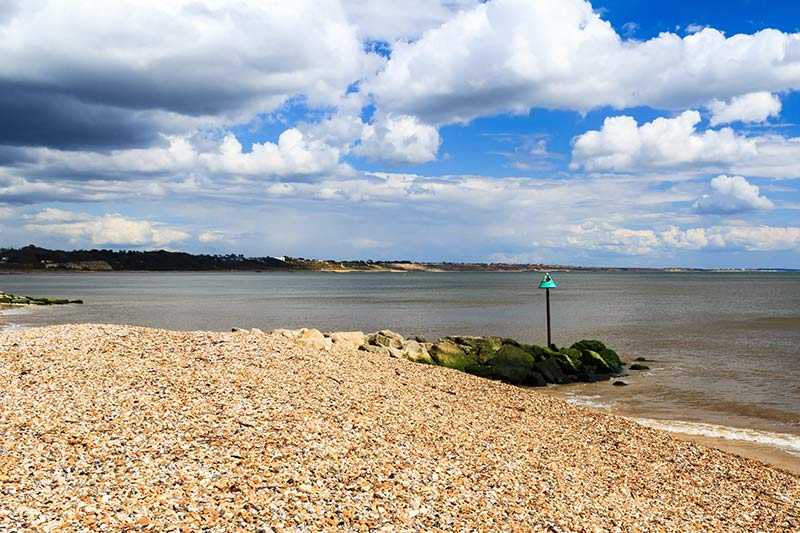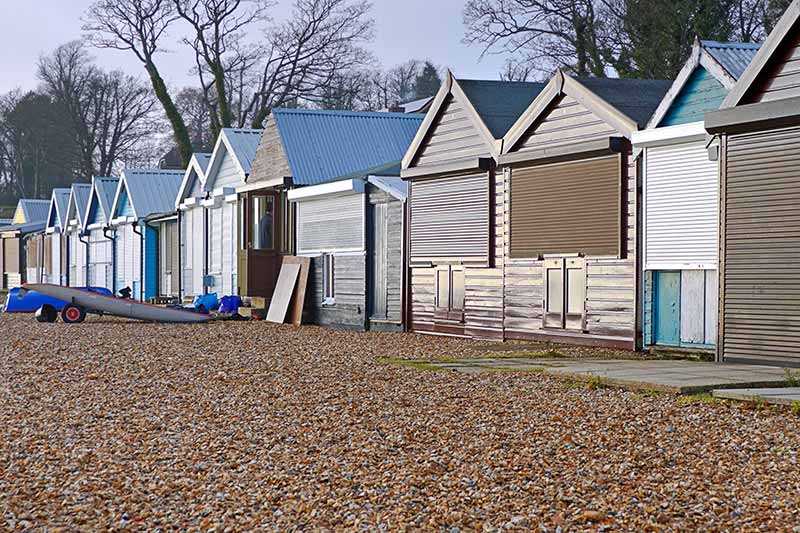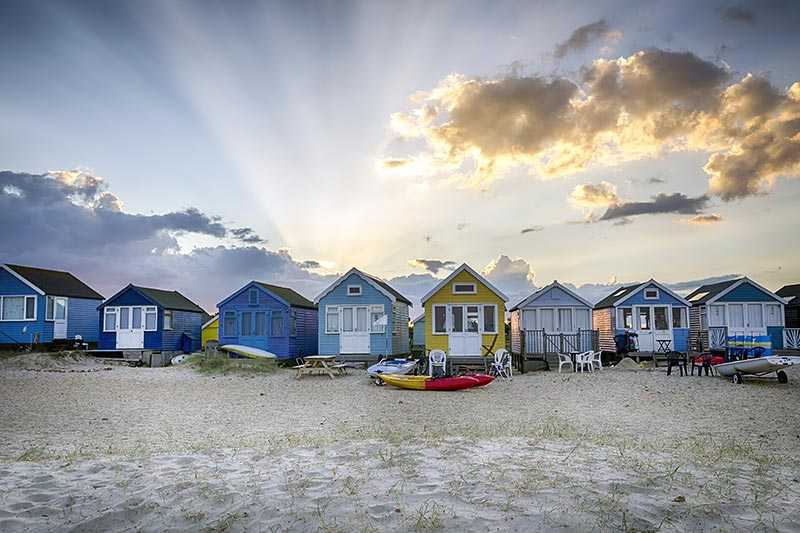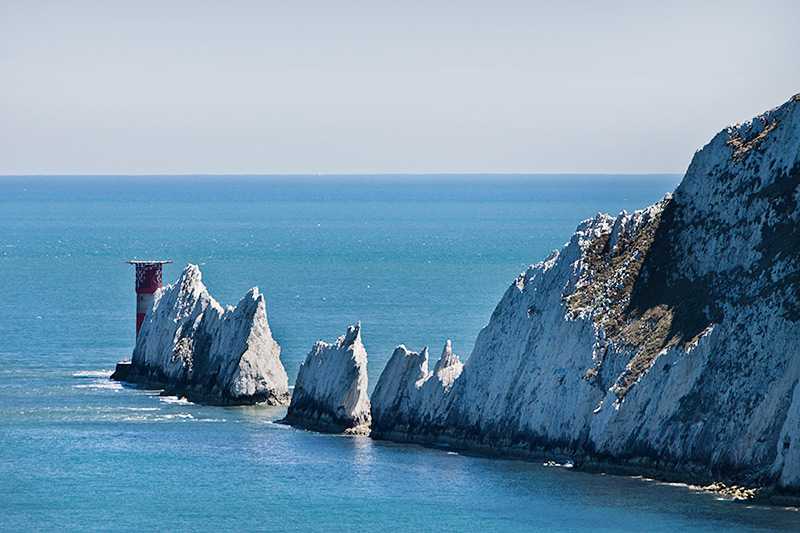New Forest National Park
About New Forest National Park
The New Forest National Park is an area of ancient forest, open heathland, unenclosed pasture, and exceptional coastline situated in the south east of En...
About New Forest National Park
The New Forest National Park is an area of ancient forest, open heathland, unenclosed pasture, and exceptional coastline situated in the south east of England. The Park covers an area of 566 km² (219 sq mi) and encompasses much of the New Forest district of Hampshire as well as the South Hampshire Coast, a designated Area of Outstanding Natural Beauty...
Things to do near New Forest National Park
Attractions near New Forest National Park
Activities
About New Forest National Park
About New Forest National Park
The New Forest National Park is an area of ancient forest, open heathland, unenclosed pasture, and exceptional coastline situated in the south east of England. The Park covers an area of 566 km² (219 sq mi) and encompasses much of the New Forest district of Hampshire as well as the South Hampshire Coast, a designated Area of Outstanding Natural Beauty.
Tourism
The New Forest National Park attracts over 15 million people a year who visit to take in the breathtaking countryside and participate in outdoor pursuits such as walking, cycling and horse riding, as well as visiting the numerous attractions which include wildlife centres, public gardens, bustling villages and market towns, museums and arboretums. There are more than 300 km² (116 sq mi) of open access walks, bridleways and cycle paths for exploring the Park. .
Flora and Fauna
There’s plenty of flora and fauna to see in the three primary habitats: open heathland, woodland and wetlands. Heathlands are carpeted in heather, gorse and bracken and provide a haven for protected species such as the sand lizard, smooth snake and the Dartford Warbler. New Forest ponies and deer are free to wander through the ancient woodlands; and the boggy wetland areas host bog myrtle and the tiny, carnivorous sundew plant.
History
Despite its name, the New Forest has a long history. It is the finest surviving example of a medieval hunting ground, created by William I, who turned the land into a royal forest in 1079. The area is home to approximately 150 scheduled ancient monuments – nationally important archaeological sites or historic buildings. Areas of note include Buckler’s Hard, a historic naval village where ships for Nelson’s fleet were built, and Britain’s only surviving tidal mill, Eling Tide Mill. In the churchyard at Lyndhurst, Alice Liddell - the inspiration for Lewis Carroll’s iconic novel, is buried.
